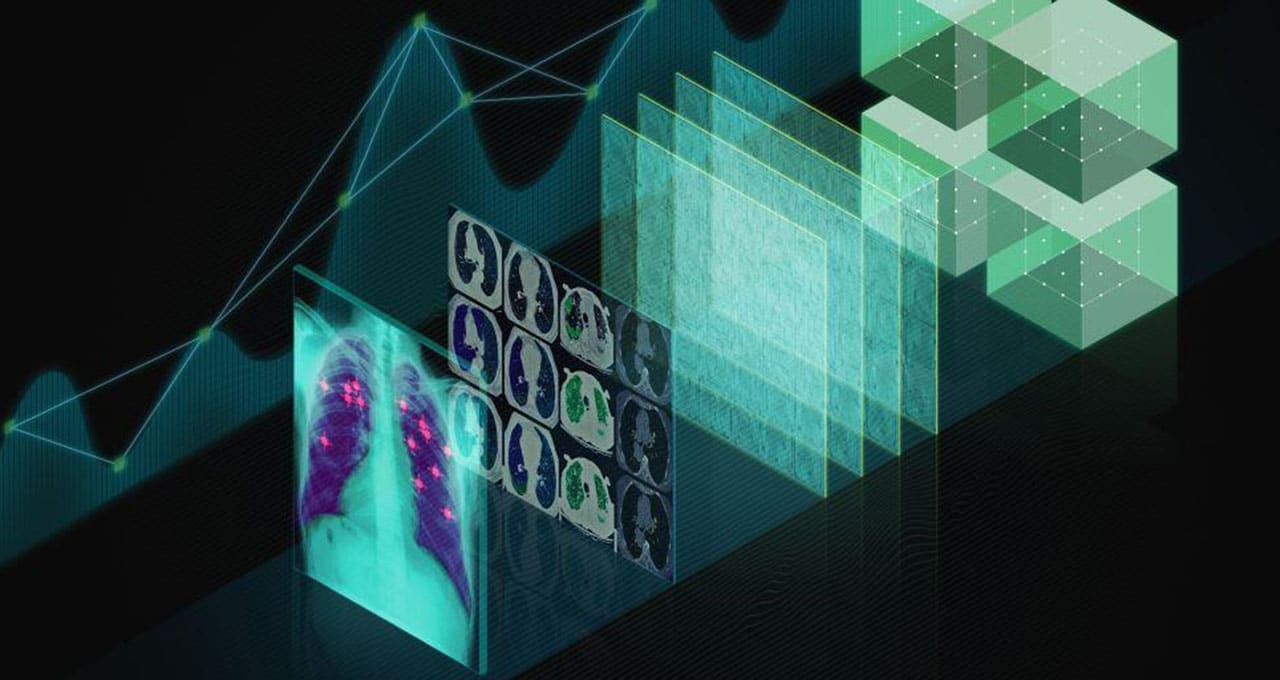From images of cats to handwritten numbers, neural networks have been used for years to process visual data. Deep learning models can identify features in images, enhance image quality, and spot outliers and abnormalities.
These same abilities are helping AI transform the field of radiology by saving time and money for healthcare organizations while improving patient care.
AI in the Medical Imaging Pipeline
Silicon Valley startup Subtle Medical, an NVIDIA Inception program award winner, is developing a suite of medical imaging applications that use deep learning. These tools can enable contrast and radiation dose reduction, up to 4x faster scans, or both — improving patient comfort and safety while increasing the productivity of the radiology workflow.
The company’s first product, SubtlePET, decreases the amount of time and radiotracer dose required for a PET scan, a medical image technique often used for cancer diagnosis and follow up. Last year, SubtlePET became FDA cleared in the United States and received the CE Mark in Europe — making it the first AI cleared for use in nuclear medicine applications.
Once a medical image is captured — whether through X-ray, ultrasound, CT or MRI scan — it goes to a radiologist for analysis. These specialists look for signs of disease or abnormalities, interpreting an ever-growing influx of imaging studies to diagnose serious conditions.
Here, too, neural networks are being put to use, locating features like tumors in scans or performing time-consuming measurements.
ImFusion, another NVIDIA Inception startup, built an AI tool to turn 2D ultrasound data into 3D images. Its algorithms superimpose real-time images from a 2D ultrasound probe onto a previously obtained CT or MRI image. This allows doctors to get a 3D view into a patient’s body during a surgical procedure, providing valuable insights that inform patient care.
NVIDIA Clara Powers Imaging Applications
ImFusion and Subtle Medical are both using NVIDIA Clara, an intelligent compute platform for AI workflows. Named for Clara Barton, founder of the American Red Cross, the platform enables developers to build, deploy and manage AI-enhanced medical imaging applications in hybrid computing environments in order to create intelligent medical imaging workflows and instruments.
From automating workflows to improving processing speed and image quality, medical imaging developers are discovering numerous ways to use AI to assist doctors in detecting and diagnosing disease.
The Ohio State University Wexner Medical Center is the first U.S. partner to adopt the NVIDIA Clara platform for AI-powered clinical imaging. A leading academic medical center, OSU will deploy their deep learning models that can be used for applications including early warning systems in an ER department and diagnostic assistants in the reading room.
With NVIDIA Clara, developers can speed up their medical imaging applications and implement AI. Clara can process data from the 3 million existing medical imaging instruments in embedded, on-premises or cloud computing environments. And it uses Kubernetes on GPUs, so developers can scale up compute to match demand.
Developers interested in implementing the Clara platform can apply for access here.
For more on how AI and GPUs are advancing medicine and research, see the NVIDIA Healthcare page.
